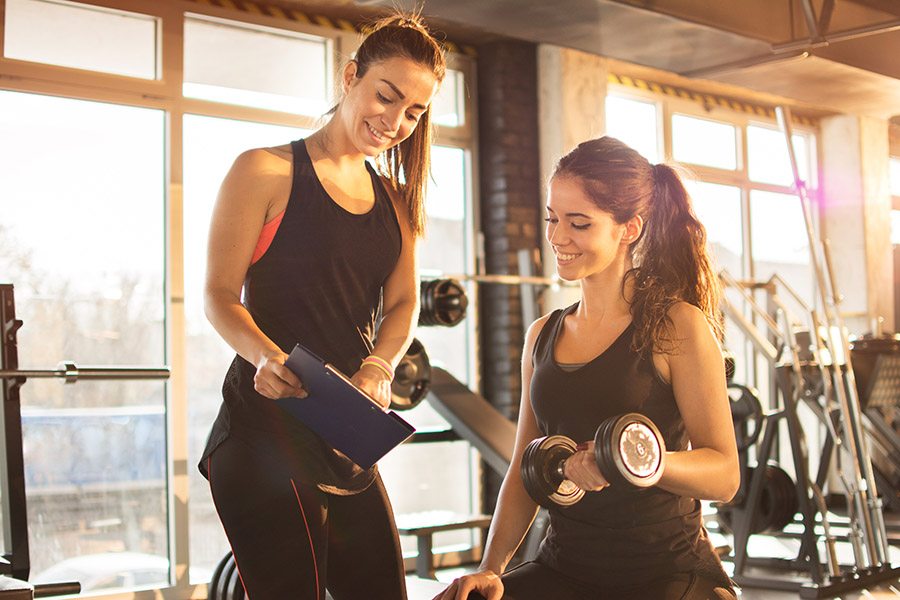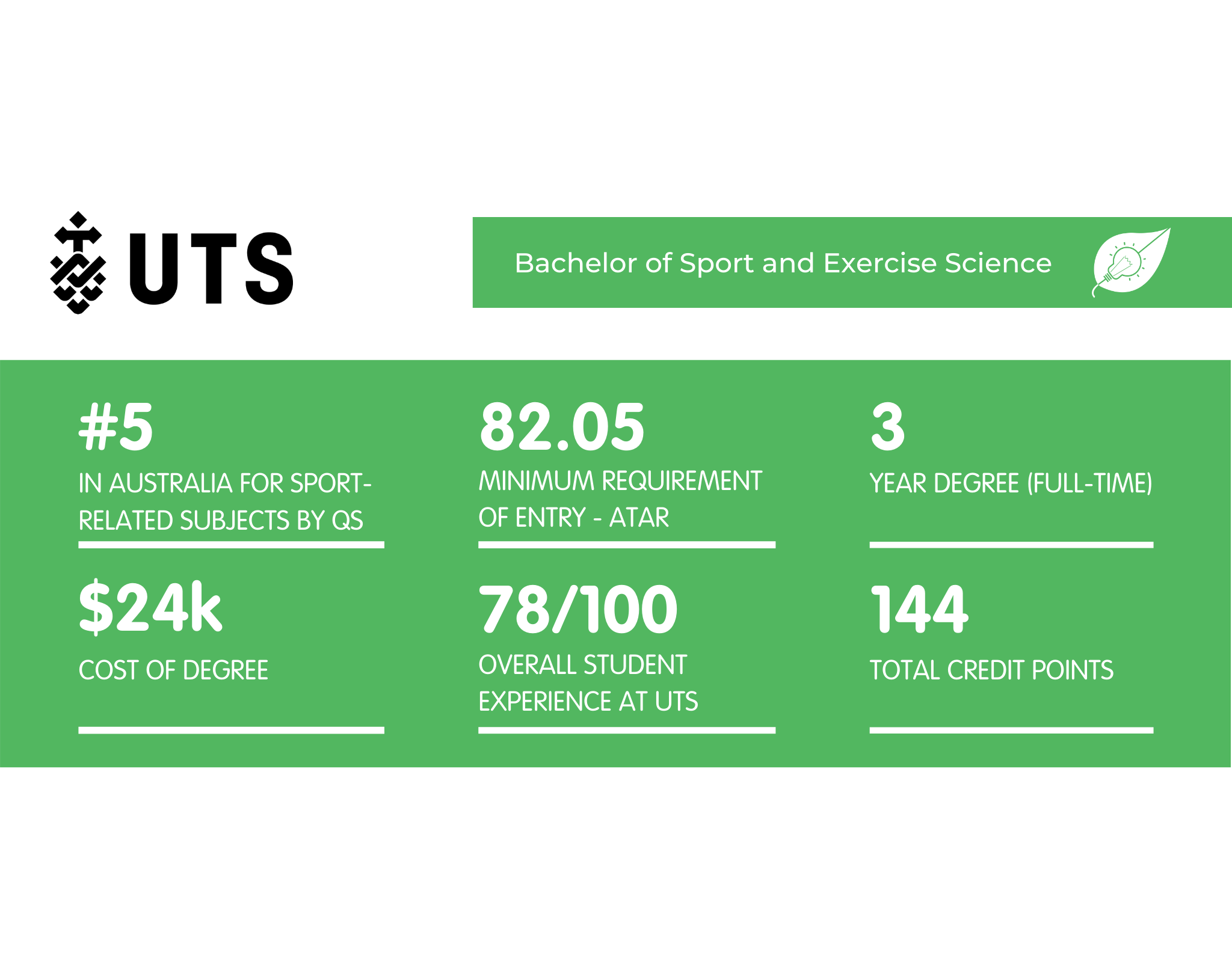
NASM assessments must be completed by all people, regardless what their exercise goals. NASM is an internationally recognized organization that sets the best standards for fitness. There are many types, such as the Dynamic posture assessment or the Standing push. Learn more about the benefits of certification and the types of nasm tests. All of these will be covered in detail in this article.
Dynamic posture assessment
During the NASM assessment, a client's dynamic posture is examined. As poor posture can lead to a variety of health problems including injury and pain, it is important that the client's postural alignment be checked. Using an X-ray device, the examiner checks the client's hip adduction movements to assess muscle imbalances. A strengthening or stretching program may be required.
It is necessary to compare two positions in order to assess dynamic posture. The static posture indicates the body in its resting state. While dynamic posture shows past, present and future movement patterns. While both are similar, dynamic posture assessments allow clients to be assessed for their ability to perform advanced exercises. A dynamic posture evaluation can help you find any muscle imbalances that might be causing poor position.
Assessing the overhead squat
An overhead squat assessment can be a useful tool to diagnose and treat musculoskeletal problems. An overhead squat assessment can identify potential problems in the kinetic chains, which can lead to improved movement and a lower risk of injury. Overactive muscles limit joint range and motion. In addition to compensating for weakness in the hips, ankles and lower back, overactive muscles can also be a sign of weakness in the hips, legs, or lower back.

Answers to questions number four can be found in the chapter 17 balance of the seventh edition NASM Book. Specific information will be required to remember, such as the progression. This information can be found in table 10. It is recommended to read the book's seventh edition to ensure you understand the correct method. This assessment is difficult. Before you start the training program, it is recommended that you spend some time studying the material.
Assessment of standing push
A standing push assessment is a common strength and conditioning test, and it's a good way to measure your clients' muscular control and agility. This movement requires stability and core strength. It also requires good posture. This test can either be performed on a standing chest press or a machine. For a good test, ensure you review the images of your client's standing push.
Another type of assessment focuses on the upper body, primarily the neck and shoulder regions. These assessments assess stability of the cervical spine as well as the LPHC. They can help you determine how efficient your movement system is and identify areas of concern. This assessment is used for advanced clients and push-type exercises. If a client performs well with or without a weight, it could indicate that he/she has a problem with stability or strength.
Functional fitness assessment
A functional fitness evaluation is a great way of determining if a client has difficulty moving. It can also help identify any physical limitations that are preventing the client from meeting their fitness goals. There are two main types: static and dynamic. Dynamic movement involves the alignment of the body in motion, while static movement involves the position of the musculoskeletal system when a client is standing.

FAQ
What is your favorite workout order?
It all depends on what you're looking for. If you want to build muscle mass, then do heavy weights first. Next, you can move onto cardio. Next, if you're looking to lose weight then switch to strength training.
Cardio is a great way to lose fat if you are just looking for a quick workout. After that, you can add strength training.
You should do cardio last if your goal is to increase muscle mass. This stimulates growthhormones, which helps build muscle mass.
It is important to eat before going to work out. This will fuel your muscles and make them work harder. You will feel happier during your workout.
How many calories should I eat daily?
The exact amount varies depending on the person. On average, 2000 to 2500 calories are consumed per day. The factors that determine how many calories are needed for you include your gender, age, height, activity level, lifestyle, and gender.
How do you lose weight?
Losing weight is easier said than done. Many people give-up easily because they don’t have the right information.
To lose that extra weight, however, there are simple steps you could take.
First, you must ensure you eat fewer calories than you burn. If you are eating more than you are burning, then you are going to gain weight.
The second is to get regular exercise in order burn those calories. You have the option of doing jogging or walking or cycling, as well as dancing.
Third, stop smoking and drinking alcohol. These habits cause you to consume more calories than you would otherwise.
Fourth, reduce your intake of fatty and processed foods. These can be replaced with healthier options like fruits, vegetables and whole grains.
Fifth, you need to change your lifestyle and adopt new habits. Perhaps you need to get up in the morning to exercise before heading to work.
Sixth: You must be disciplined, and you must follow your diet plan.
For those extra calories, you could join a class or go to a gym.
These simple tips will help you quickly see results.
Cardio Exercise: Good or Bad for Your Health?
Cardiovascular exercise offers many benefits. It improves blood circulation, strengthens your heart muscle, increases stamina, helps you lose weight, and gives you energy.
Cardiovascular exercise includes running, biking, hiking, swimming, tennis, basketball, soccer, volleyball, football, etc.
Cardio exercises should not be done at high intensity. This could cause injury.
The cardiovascular exercise should only be performed if you feel good.
It is important not to push yourself beyond your limits. You could injure yourself if you do.
Begin by warming up before engaging in cardio exercise. Next, increase your intensity gradually.
Always listen to your body. If you feel pain during cardiovascular exercise, stop immediately.
Also, after a cardiovascular workout, it's advisable to take a rest. This allows your muscles time to recover.
To lose weight, you should include cardiovascular exercise in your daily routine.
It is the most efficient way to lose weight and stomach fat.
What is the best 7-day workout program?
A seven day exercise program should include cardiovascular training (running or biking), strength exercises (using freeweights, weight machines) and one flexibility/core workout. Each activity should be done at least once per week. The total time for each session should not exceed 45 minutes.
Cardiovascular Exercises: Running, biking, swimming
You should aim to get at least 60 mins of cardio exercise per week. You can aim for 75 minutes a week for best results. Cardio exercises can help improve blood flow and stimulate muscle growth.
Strength Training
Cardio exercises work on the heart and lungs. Strength training works on the muscles and bones. Strength training increases lean muscle mass and helps to burn calories even at rest.
Flexibility & Core Workouts
Flexibility and core workouts are great ways to strengthen your entire body. Both yoga and Pilates can be great choices.
Is Cardio Better Than Strength Training?
Both are equally excellent. For those who want to gain muscle quicker, cardio is a better choice.
Cardio burns more calories per hour than strength training, and also burns more fat.
Although strength training can increase muscle mass, it is more difficult than cardio to do so.
Statistics
- An estimated calorie range for moderately active adult males falls between 2,200 to 2,800 calories per day, depending on age. (eatright.org)
- Cardmembers earn 5% Back at Amazon.com with a Prime Credit Card. (amazon.com)
- Candidates and applicants must pass all four tests at 70% (minimum level) to graduate from Basic Deputy U.S. Marshal (BDUSM) Training. (usmarshals.gov)
- Get free shipping and 25% off today. (healthline.com)
- 10 pounds in a month is likely during a lean bulking phase, especially for beginners. (muscleandstrength.com)
External Links
How To
What is the best food for men to eat?
Five servings of fruit and vegetables should be consumed daily by men. They also need to limit red meat consumption and avoid fast foods.
Vegetables and fruits are rich in antioxidants, which can protect against cancer and cardiovascular disease.
Vegetables include broccoli, cauliflower, carrots, spinach, tomatoes, peppers, cucumbers, lettuce, mushrooms, etc.
Also, beans and peas are rich in protein and fiber.
The best sources of omega-3 fat acids are nuts and seeds. Omega-3 fatty acids are critical for brain function and hormone production.
Another source of omega-3s are fish. The mercury in fish is higher than that of most meats. However, fish liver oil does contain fewer toxins.
The average growth and development of the body is dependent on Omega-6s, which are found in vegetable oils, such as corn, soybeans, sunflower, safflower, and cottonseed oils.
Poultry is a great source of lean proteins. Chicken breast is one of the healthiest meats.
Lean beef contains low amounts of saturated fats and cholesterol. Consuming too much red meat can increase your chance of getting prostate cancer.
Avoid hot dogs and sausages. These have added nitrates which can be carcinogenic.
It's obvious that exercise is vital for your overall health. But what if you're already working out regularly? Is there any other way to improve or maintain your physical health?
The answer is yes There are many things you can do to get the best out of your workouts. Here are some tips on how to maximize your workout:
Start slow. Do not push yourself too hard your first session. You could injure yourself. You can start slowly increasing your intensity by starting at a comfortable pace.
Before and after you stretch. Stretching can loosen tight muscles as well as reduce soreness and improve flexibility. Stretching can take place standing, sitting, or lying down.
Cool down. This is especially important for cardio exercises. So that your body doesn't become exhausted, it needs to be able to recover between sessions. You can cool off by taking slow, deep breaths and walking.
Hydrate. Hydration can help you stay hydrated and reduce muscle cramps. Water is the ideal beverage, but sports drinks may also be helpful.
Make sure you eat healthy. You should eat enough calories every day. You will be more focused and energized if you eat regular meals throughout your day.
Get some rest. You'll wake up feeling refreshed and ready to start your next workout when you sleep properly. It is essential to get enough sleep in order to repair damaged tissues.